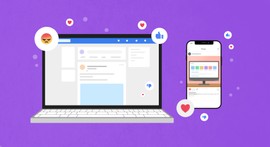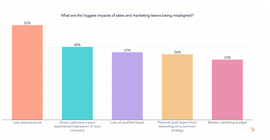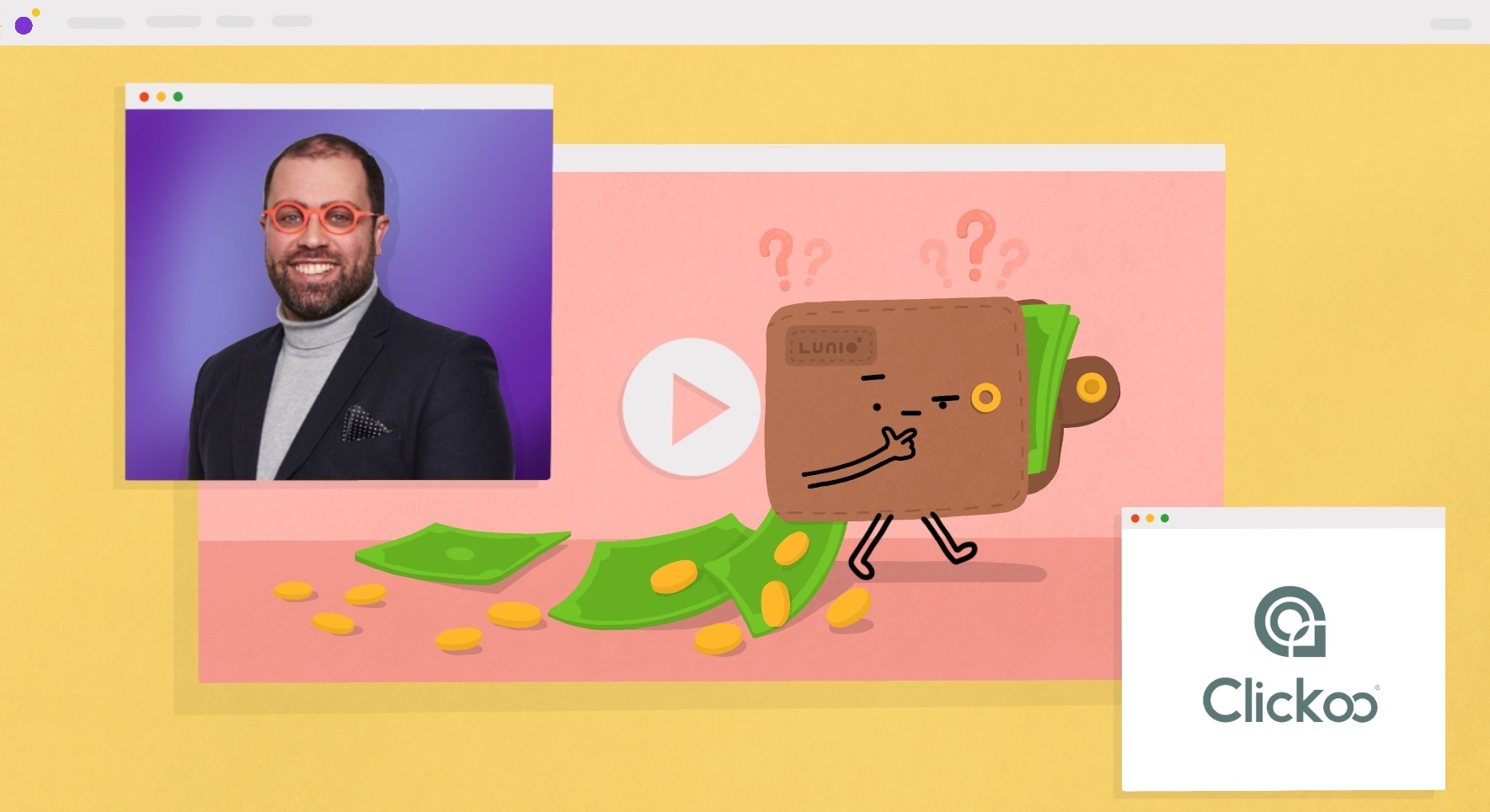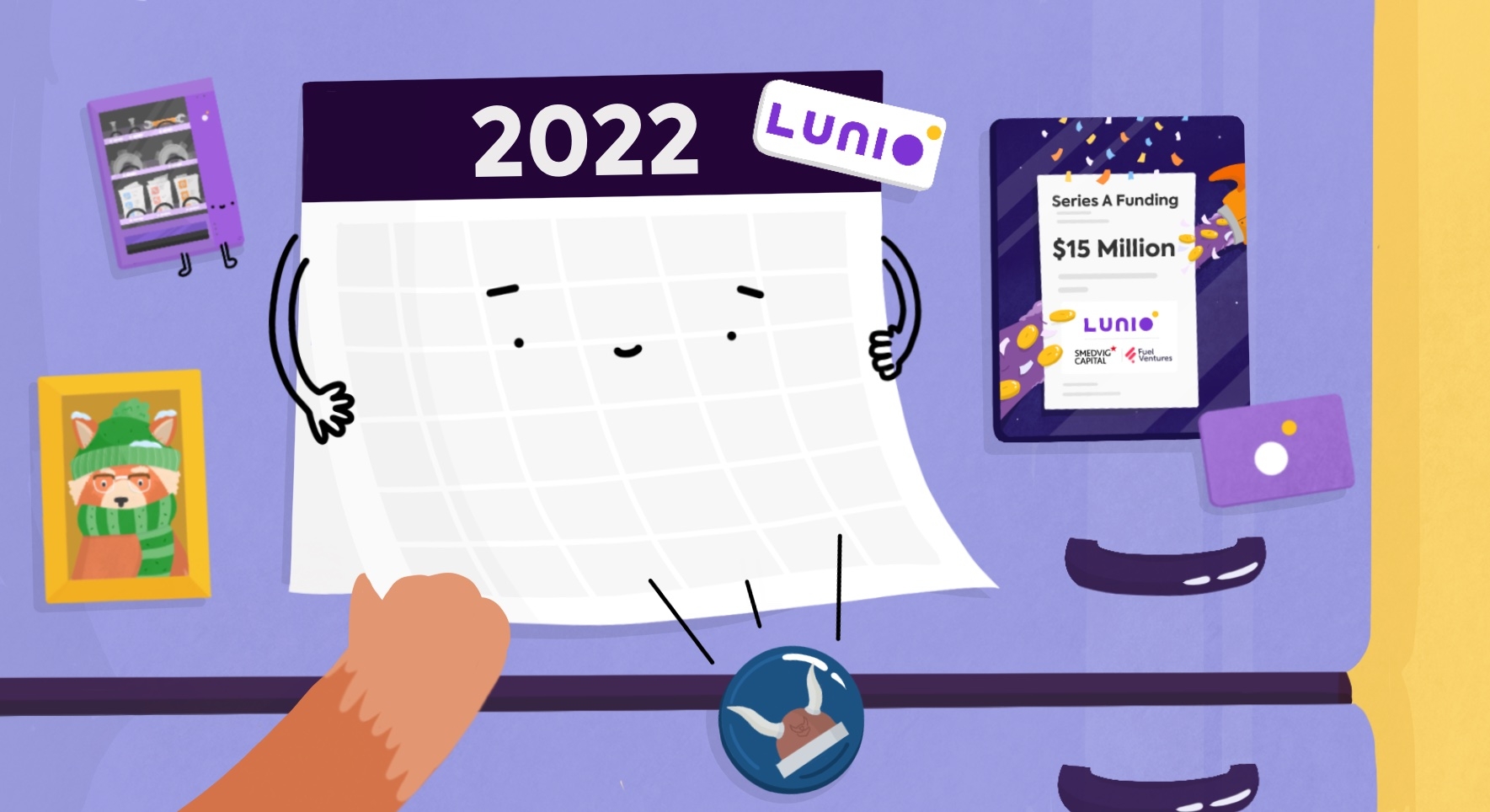With so many different marketing channels now available, it’s easy to generate leads for SaaS businesses. But finding good leads is a different story. That’s why 86% of B2B demand-gen decision makers are focusing on lead quality, rather than quantity.
Quality SaaS lead generation is tough for marketers in 2023. 33% of decision makers say finding sources for strong leads is a challenge. So how can you find high quality leads and make sure they’re the real deal before passing them over to sales?
In this article, you’ll learn:
- Why SaaS lead quality is so important (and how to measure it)
- 7 SaaS marketing strategies to generate quality leads
- The downstream effects of eliminating low quality leads from your pipeline.
What Is a Lead?
Leads are usually categorised as one of the following:
- Information Qualified Leads (IQLs)
- Marketing Qualified Leads (MQLs)
- Sales Qualified Leads (SQLs)
The more someone engages with your business, the more likely they are to qualify as a lead. To increase your conversion rate, focus on boosting the quality of MQLs and SQLs in particular.
Information Qualified Leads
IQLs are the least qualified type of lead. Usually at the start of their buyer journey, these cold leads may have had light engagement with your website, but they’re not ready to be contacted by your sales team yet.
Marketing Qualified Leads
MQLs are warm, consideration-stage leads. MQLs probably aren’t ready for a demo just yet, but want to learn more about available solutions. They may be interested in case studies, whitepapers, and webinars.
Sales Qualified Leads
These hot leads are ready to buy, so it’s time to involve your sales team. SQLs take time to nurture, so to improve SaaS lead quality, marketers must make sure SQLs are properly qualified before passing them over to the sales team.
What Is Lead Quality in SaaS?
SaaS lead quality tells you how likely it is that a prospect will become a customer. High quality leads are more likely to convert than low quality leads.
The average SaaS sales cycle is 84 days. That’s almost 3 months of nurturing and following up before you close. With a larger proportion of quality leads, your sales team can spend more time focusing on prospects that are likely to convert. This leads to a higher conversion rate and ultimately more revenue.
How to Measure Lead Quality
There are several ways to measure SaaS lead quality. BANT is one of the most basic formulas:
- Budget — how big is the company, and how much are they looking to spend?
- Authority — is the prospect a decision maker, or will they need approval?
- Need — is your software fit for their purpose?
- Timing — are they ready to buy right now?
The BANT formula helps you consider the key lead quality factors. But it doesn’t quantify quality, and you may only be able to get this information after speaking to the customer. At this point, you’ve already invested time following up on cold leads.
Lead scoring is a more effective way to measure SaaS lead quality. It automates lead qualification, saving time and making sure prospects are real and ready to buy before a salesperson gets involved. We’ll talk more about how to improve your lead scoring system a little later.
Why Does Lead Quality Matter?
Most SaaS businesses can generate plenty of leads. The issue is that only a very small percentage of them go on to become customers. Lead gen expert Dan Wardrope outlines how poorly constructed sales funnels that focus on lead quantity can lead to significant issues with lead quality:
High-quality leads are inevitably going cost more than spam ones. If your product is a high-ticket item, there’s going to be less of a market than for something popular, cheap and cheerful. On top of that, the purchase process is going to be more extensive than a cheaper item that needs less commitment. If you use a short copy ad and a landing page for a high-ticket item, be prepared for an influx of inferior leads that won’t convert. Customers aren’t going to buy an expensive product or service lightly. You need a sales funnel that provides in-depth, preferably customised, informative content.
59% of salespeople say they don’t receive high quality leads from their marketing teams, and 56% say lead quality either stagnated or worsened from 2021 to 2022. So more than half of salespeople aren’t getting the leads they need to win new business. That means less conversions and lower revenue.
Many B2B performance marketers have reported that automated PPC campaigns (such as Google’s Performance Max and Facebook’s Advantage+) generate lower quality leads than manual campaigns. Spam form submissions and invalid leads feed the algorithm with bad data, which makes the problem worse, as automated campaigns learn to produce even more bad leads.
7 SaaS Marketing Strategies to Boost Lead Quality
Fortunately, there are many ways to improve your SaaS lead quality. Here are 7 tried-and-tested SaaS marketing strategies for boosting lead quality.
1. Get the Right Qualifying Information
Get relevant information from prospects as soon as they show an interest in your software. This includes:
- Budget — request their company revenue
- Company size — ask how many employees the company has
- Goals — ask what they want to achieve in the next year
- Timeframe — ask when they plan to buy or implement a solution.
These questions may seem intrusive, but don’t be afraid to ask. If they don’t have this information, they’re probably not a decision maker. And if they decide not to tell you, they may not be ready to buy. So you can also deduce SaaS lead quality by the information that’s not given.
Asking upfront questions helps you qualify leads quickly and automatically. You don’t need to include them on awareness stage content forms, but it’s a good idea to ask these questions on consideration or decision stage content.
2. Understand Your Ideal Customer Persona
To improve your SaaS lead generation efforts, you need to know who your ideal customer is. Sales, marketing, and customer support teams can all offer useful insights into your ideal customer persona (ICP). So get together to build a detailed profile of your perfect customer.
Here’s what an ICP looks like, according to product marketer Valerie Fenske:
The ideal customer profile is the description of your perfect customer. That customer is supposed to get all the benefits from your product. That is the company or person who is intensively using your product, and is pretty much successful because of your product.
For B2B SaaS businesses, your ICP is a company. Include granular detail about the ideal business subscribing to your software:
- Industry — which sector does your ideal customer work in?
- Number of employees — how big is the company?
- Budget — what is their minimum software budget for the year?
- Revenue — what is their yearly revenue?
- Location(s) — where is the company based?
- Local laws — are they subject to GDPR or other legal requirements?
- Number of potential users — how many subscriptions do they need?
- Number of customers — how many customers do they have, & are they B2B or B2C?
- How long they’ve been operating — is it a new or established business?
- Goals — what do they want to achieve?
- Challenges — what problems do they face?
If it’s helpful, you can also create individual buyer personas to better understand your ideal decision makers.
Targeting a niche audience is likely to result in better quality leads. You know exactly which problems they’re facing, so you can improve your marketing messaging and sales pitch to better resonate with your ideal customer, ultimately generating leads of higher quality.
3. Follow Account-Based Marketing Principles
Account-based marketing focuses on creating a highly targeted, personalised customer experience. When you know which accounts you want, you can map out a lead generation strategy to attract them.
This has a knock-on effect on the type of content you produce. Instead of casting a wide net that reaches more low quality leads, aim to create niche content that perfectly fits the specific accounts you’re targeting. This will increase your marketing efficiency by focusing your efforts on those who are most likely to become customers.
Taking an account-based approach also helps you demonstrate the type of personalised service your prospects will get when they sign up with you. This may be the key differentiator between you and a competitor.
4. Refine Your CRM Lead Scoring System
Lead scoring allows you to automate the lead qualification process. As a team, decide how much each action and touchpoint is worth. High-intent actions like booking a demo or downloading pricing are worth more than accessing awareness-stage resources. When the score rules are assigned, use them to determine your MQL and SQL qualification scores.
Scores can be based on demographics or behaviours. Map your lead scores to the demographics set out in your ideal customer persona. Companies in your target industries and locations may be assigned a higher score. These scores are likely to remain static throughout the buyer journey.
Behaviour-based scores will change as the lead interacts with your website, emails, and other marketing efforts. Typically, the more touchpoints a user encounters, the higher their score becomes, and the more likely they are to qualify as a lead.
Negative scores can help just as much as positive scores. If someone spends a lot of time on your website but works in a sector you don’t serve, assigning them a large negative score based on their industry demographic will make them less likely to qualify as a lead.
Each company must take a bespoke approach to lead scoring. To get the best possible leads, analyse your existing processes to make sure your lead scoring system reflects the actions that create highly qualified leads.
5. Review Your Sales and Marketing Messaging
Your messaging should reflect the challenges and ambitions of the leads you want to attract. So it’s important to review your messaging regularly to ensure it resonates with your ideal customer.
When analysing your messaging, ask yourself:
- Is it accurate? Misrepresentative messaging can confuse or mislead people, making it harder to connect with your ideal customer.
- Does it resonate with your ideal customer? Strong messaging addresses current challenges and shows clear benefits for a specific customer.
- Is it appropriate? As the economy and social climate fluctuates, your messaging can quickly go out-of-date.
If your messaging fails any of these assessments, go back to the drawing board. Use A/B tests to find out how your messaging impacts SaaS lead quality and ensure it’s as effective as possible. You can also ask recently converted customers (or even lost prospects) for their opinions on your current messaging, and how it impacted their buying decision.
6. Improve Communication Between Sales and Marketing
Lack of alignment between sales and marketing teams results in poor lead quality. But the effect extends beyond this. According to Hubspot’s 2023 Sales Trends report, lost revenue is the biggest impact, followed by poor customer experience and a loss of qualified leads:
Sales and marketing teams must agree on:
- What a high quality lead looks like
- Who your ideal customer is
- When an MQL becomes an SQL.
Get your teams to focus on a common goal: improving lead quality. Put a metric in place to measure this — conversion rate is the obvious one — and understand the impact of prioritising this metric.
Agreeing on the three key points above will help marketing teams create highly effective content that feeds the sales pipeline, and ensure sales teams prioritise those leads that are most likely to convert.
7. Block Invalid Traffic and Fake Leads
Allowing invalid traffic to access your site via automated PPC campaigns is a surefire way to get lots of low quality leads.
Automated campaign algorithms chase low quality lead conversions because they’re cheap. When a bot or invalid user converts, the campaign conversion rate goes up. The algorithm views this as a win, even though these leads won’t generate a penny in revenue. Bad data input creates a negative feedback loop, generating more and more low quality leads.
Lunio blocks invalid traffic from your PPC campaigns. This prevents spam form submissions and fake user interactions, so you won’t waste time investigating and following up on low quality leads that won’t convert.
Lunio protects ad spend on all search, social, and display campaigns. But it’s especially effective at improving the performance of automated campaigns, such as those run via Performance Max and Advantage+. Learn more about how Lunio protects Performance Max campaigns.
3 Ways Blocking Low Quality Leads Improves SaaS Sales Success
Blocking invalid traffic with Lunio is one of the fastest ways to see immediate improvements in your SaaS lead quality. Here are three ways Lunio helps improve your win rate.
- Feed the algorithm with high quality data
Removing invalid traffic ensures only real users can become leads. So only good data is fed into your ad campaigns. These signals help the platform learn to chase more high quality leads, creating a positive feedback loop that enhances your pipeline.
Lunio works especially well alongside Google Enhanced Conversions and offline conversion tracking. Entering the best possible inputs in the automated system increases the chances of better outputs in future. As Miles McNair said in our Performance Max webinar:
I think the single most important point to focus on with Performance Max or any other Smart Targeting system is your data input. That input is being used by the algorithm to predict a specific end result, which is your conversion. And a conversion is different for every business and every account.
- Improve conversion rate at the expense of cost-per-lead
Fake and low quality leads are cheaper to generate than high quality leads. So when you switch your focus onto lead quality, expect to see a slight increase in your cost-per-lead.
However, this will quickly be outweighed by the uplift in your conversion rate. Better quality leads means more conversions, so this should more than make up any gap in revenue.
Over time, your return on ad spend will increase, so you won’t need to worry about the slight rise in your cost-per-lead.
- Reduce time to close
Generating better leads frees up time for your sales team. They can give every lead the attention it deserves, accelerating higher value opportunities and concentrating solely on prospects that are likely to become paying customers. This can even reduce close time, shortening your sales cycle so you can generate more revenue.
This also depends on you having a great sales team and robust processes in place. Lunio can help screen and qualify those accessing your site resources. As a business, you must make sure your salespeople have the support they need to close the sale and guarantee that revenue.
Perfect Bid Management
Discover our 14-day trial to target genuine users and optimise your bid management strategies.










